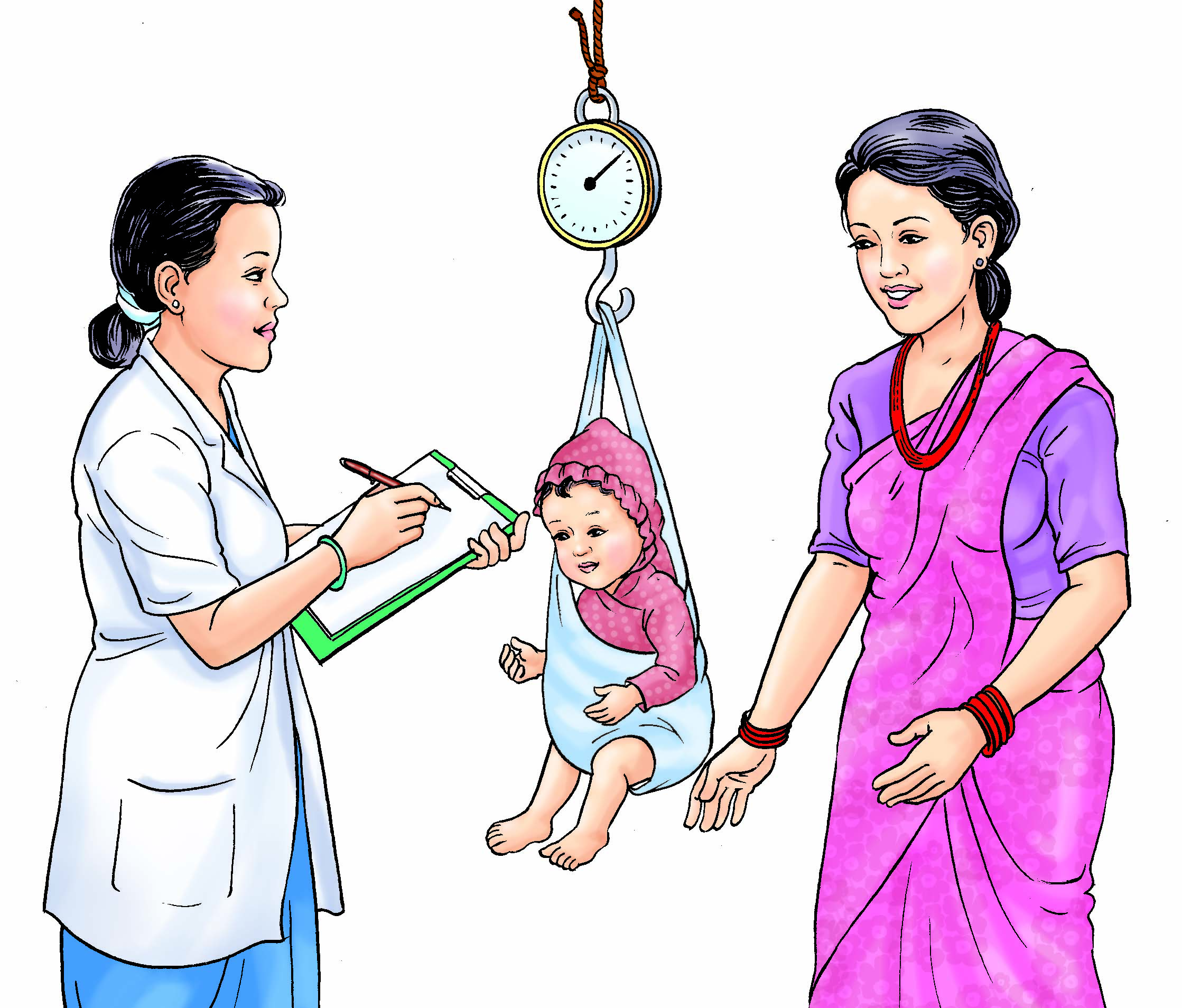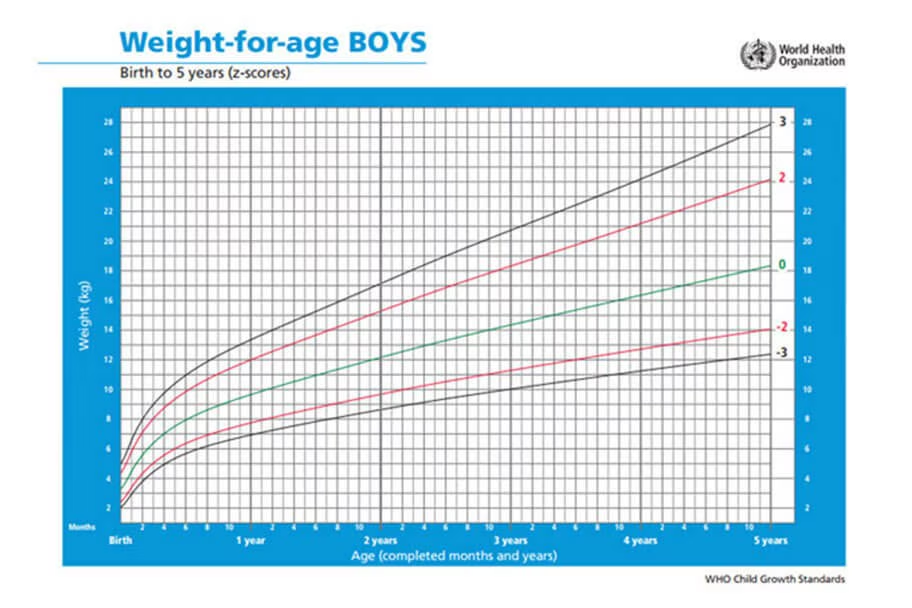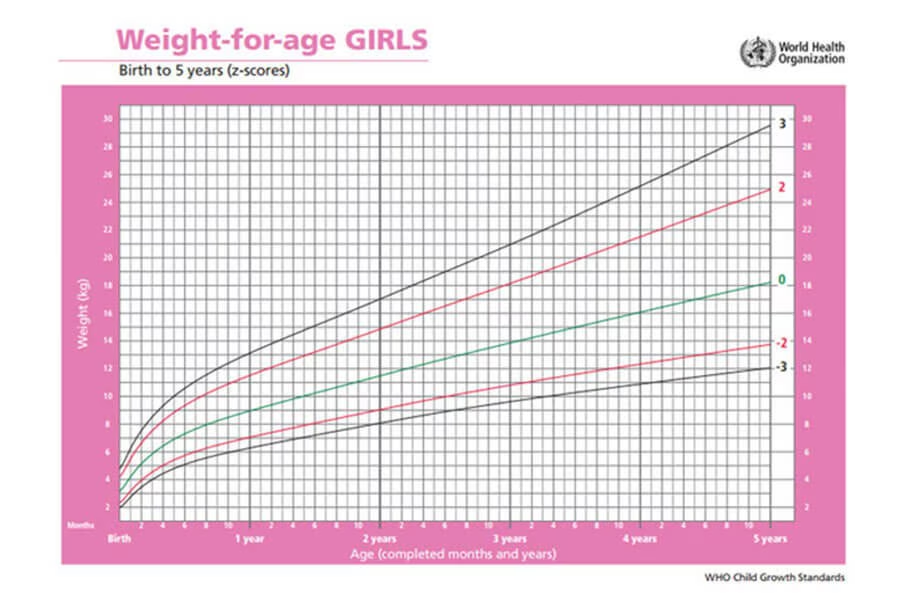Growth Monitoring

Every child grows at their own pace—but tracking that growth is essential to ensure they are developing healthily and hitting key milestones. At Dr. Sawant Clinic – Mother and Child Care, our growth monitoring services provide parents with regular, accurate assessments of their child’s physical and developmental progress from infancy through adolescence.
Under the expert care of Dr. Pandurang Sawant, a pediatrician and neonatologist, we follow standardized growth charts and developmental guidelines to monitor height, weight, head circumference, and body mass index (BMI). These indicators help us identify any growth concerns early, allowing timely intervention and personalized care plans when needed.
Growth monitoring isn’t just about numbers—it’s about understanding your child’s overall well-being. We consider nutrition, physical activity, genetics, and environmental factors to get a complete picture of your child’s development. Whether it’s undernutrition, overweight issues, or growth delays, we guide parents with practical, compassionate advice to support healthy growth.
Regular growth check-ups build a strong foundation for a child’s long-term health. We encourage parents to make growth monitoring a routine part of their child’s healthcare—because early detection, combined with the right support, leads to healthier, happier futures.
- Purpose:
- To monitor a child’s growth and development.
- To identify potential health problems or nutritional deficiencies early on.
- To assess the effectiveness of interventions or programs aimed at improving child health and nutrition.
- To provide guidance and counseling to parents or caregivers on proper nutrition and child care.
- Methods:
- Regular Measurements: Children are weighed and measured regularly, typically at each check-up or visit to a healthcare facility.
- Growth Charts: Measurements are plotted on standardized growth charts to visually track a child’s growth over time.
- Interpretation: Healthcare professionals interpret the growth patterns and compare them to established standards to identify any deviations or concerns.
- Key Indicators:
- Weight: Weight gain is a key indicator of a child’s nutritional status and overall health.
- Height/Length: Height or length measurements are used to assess linear growth and identify potential stunting.
- Head Circumference: Head circumference is monitored, especially in infants, to assess brain growth and development.


- Counselling: Parents or caregivers are counseled on proper nutrition, feeding practices, and child care based on the child’s growth monitoring results.
- Nutritional Support: Children who are identified as underweight or malnourished may receive nutritional supplements or interventions to address their nutritional needs.
- Referral: If there are concerns about a child’s growth or development, they may be referred to a specialist for further evaluation and treatment
